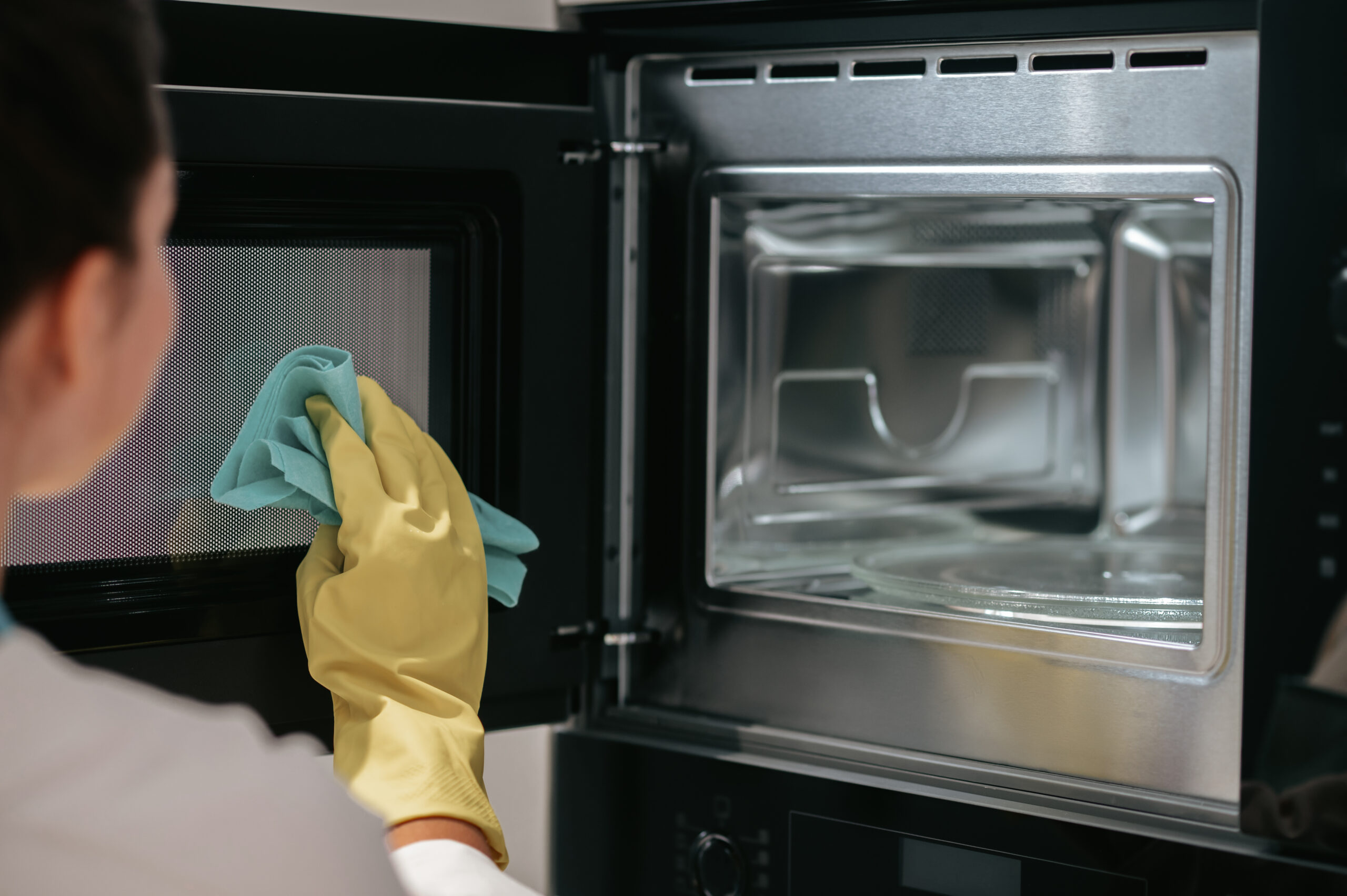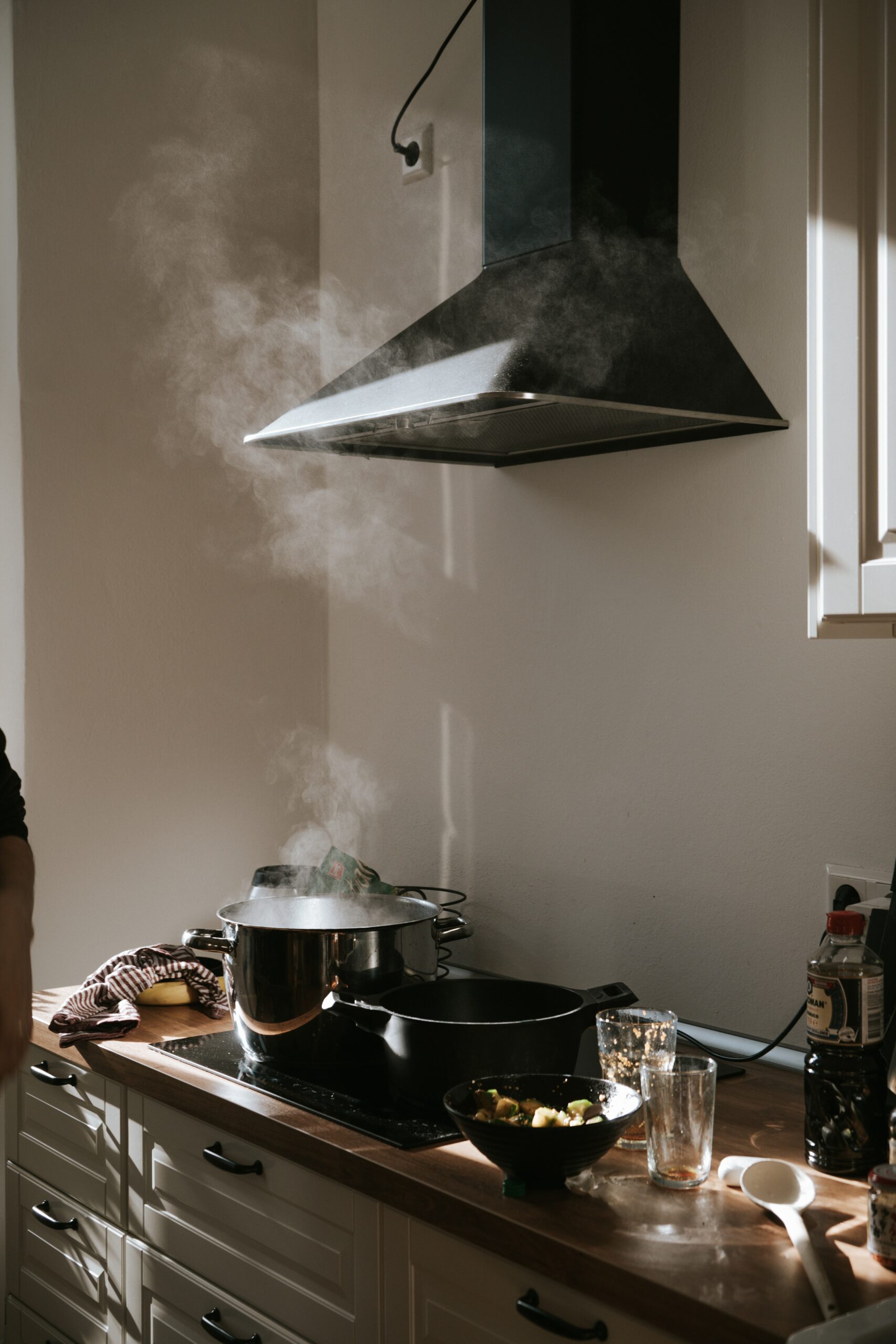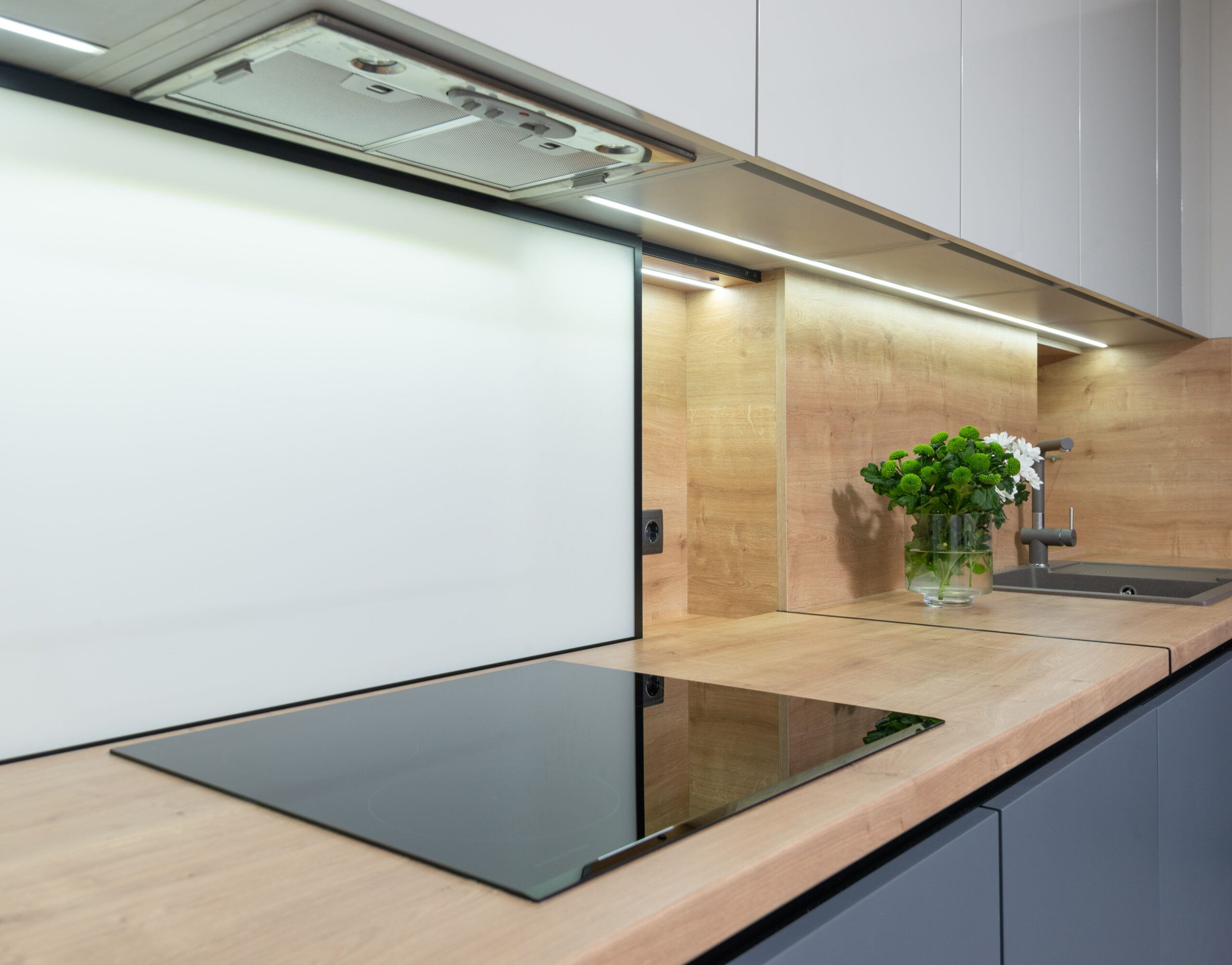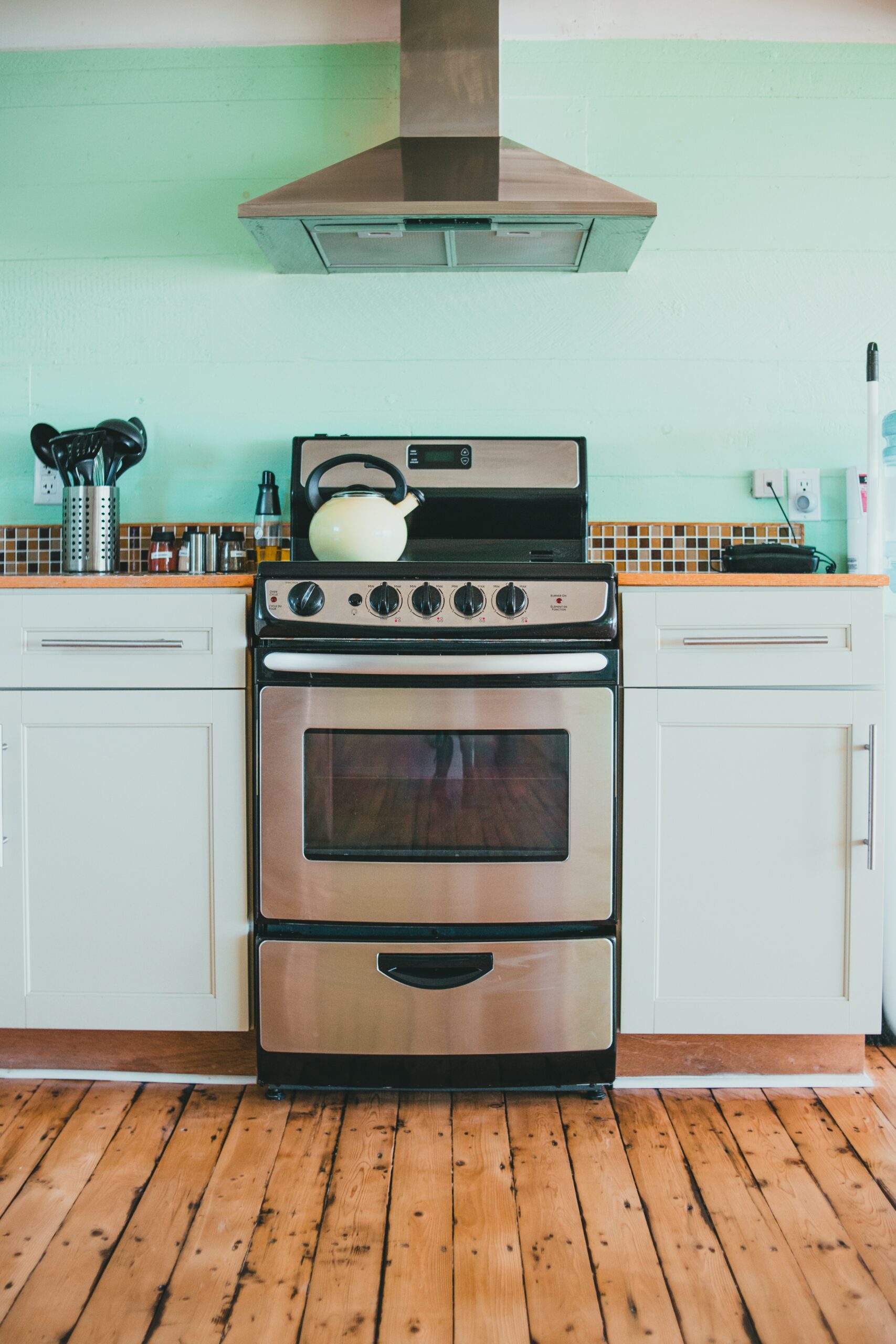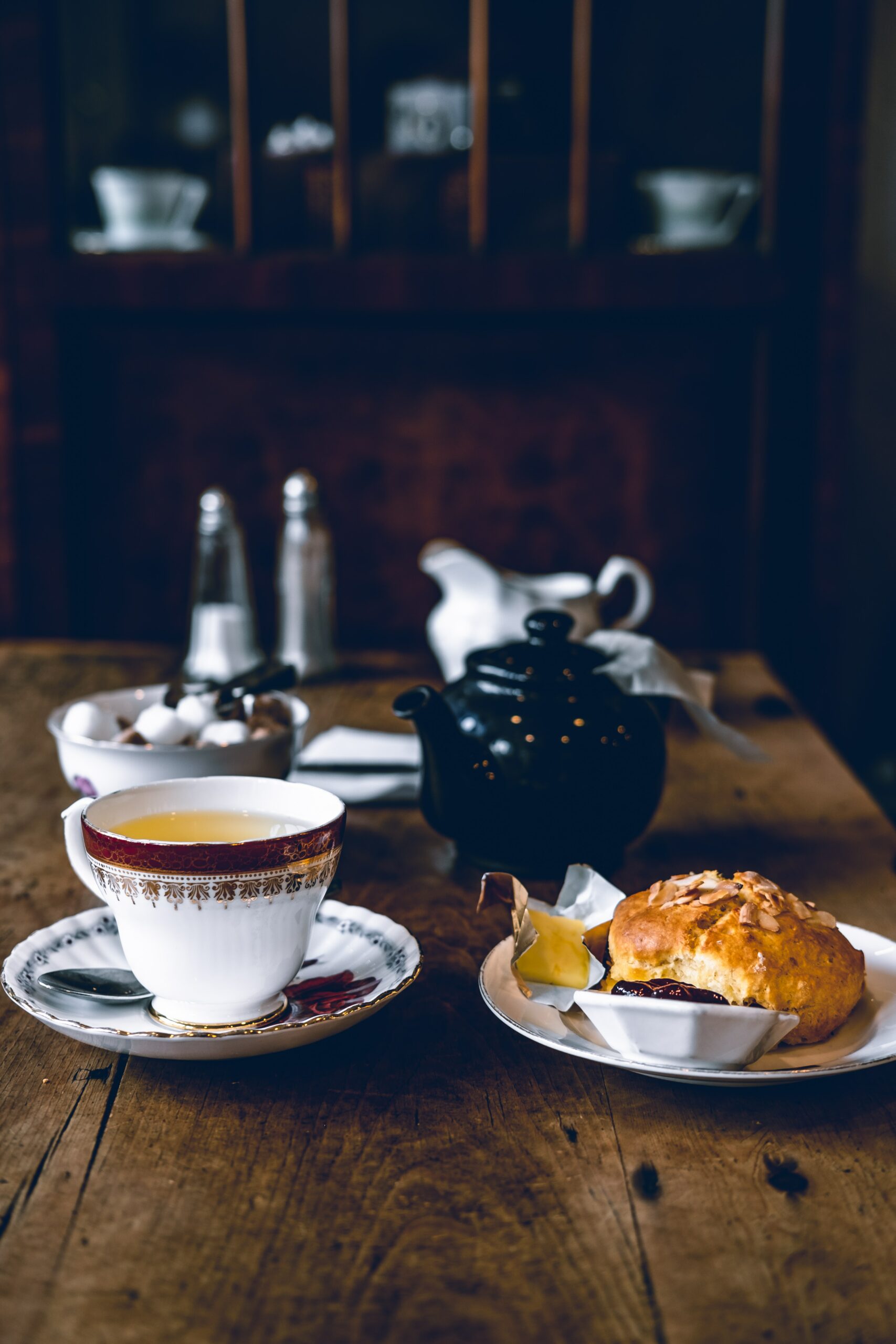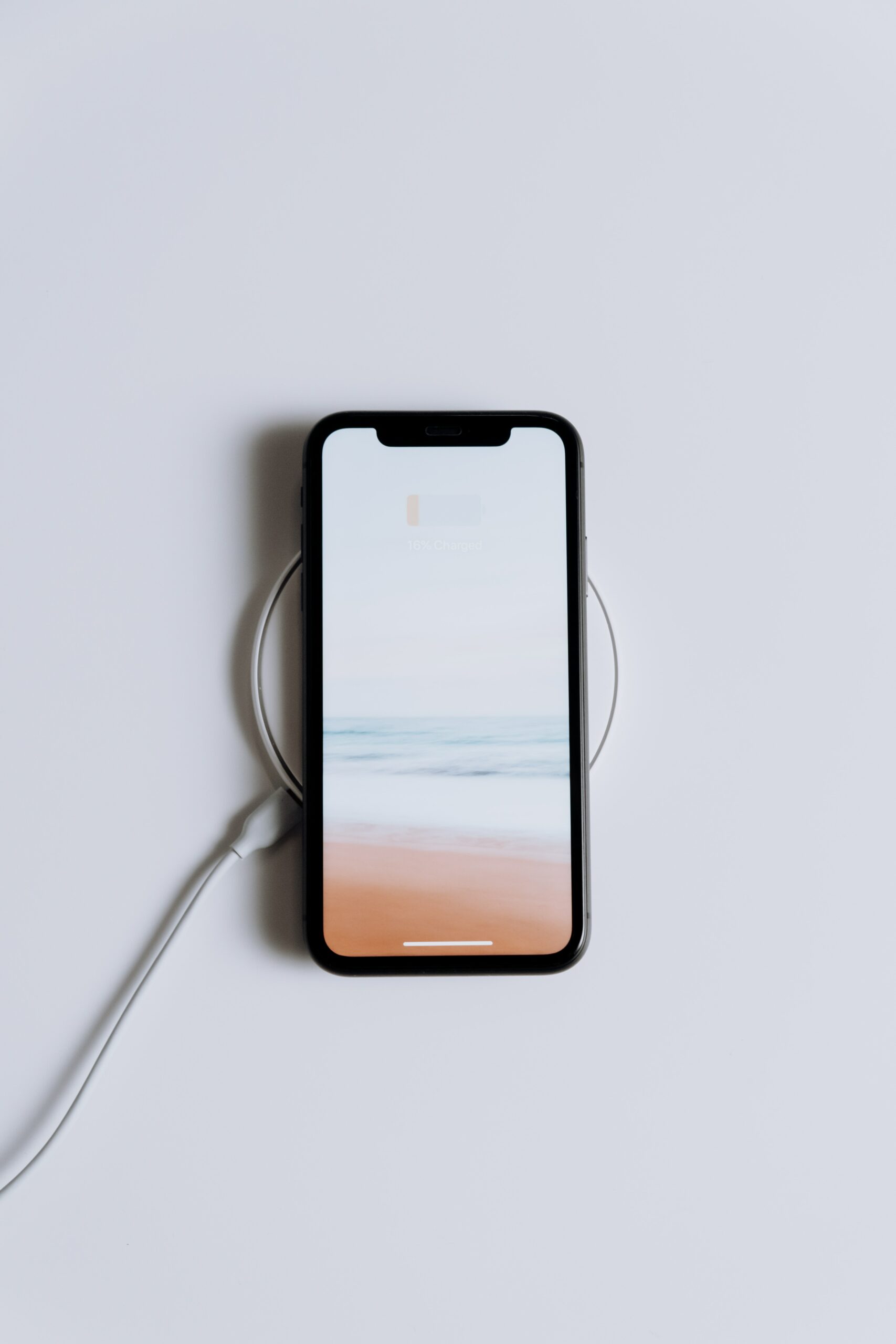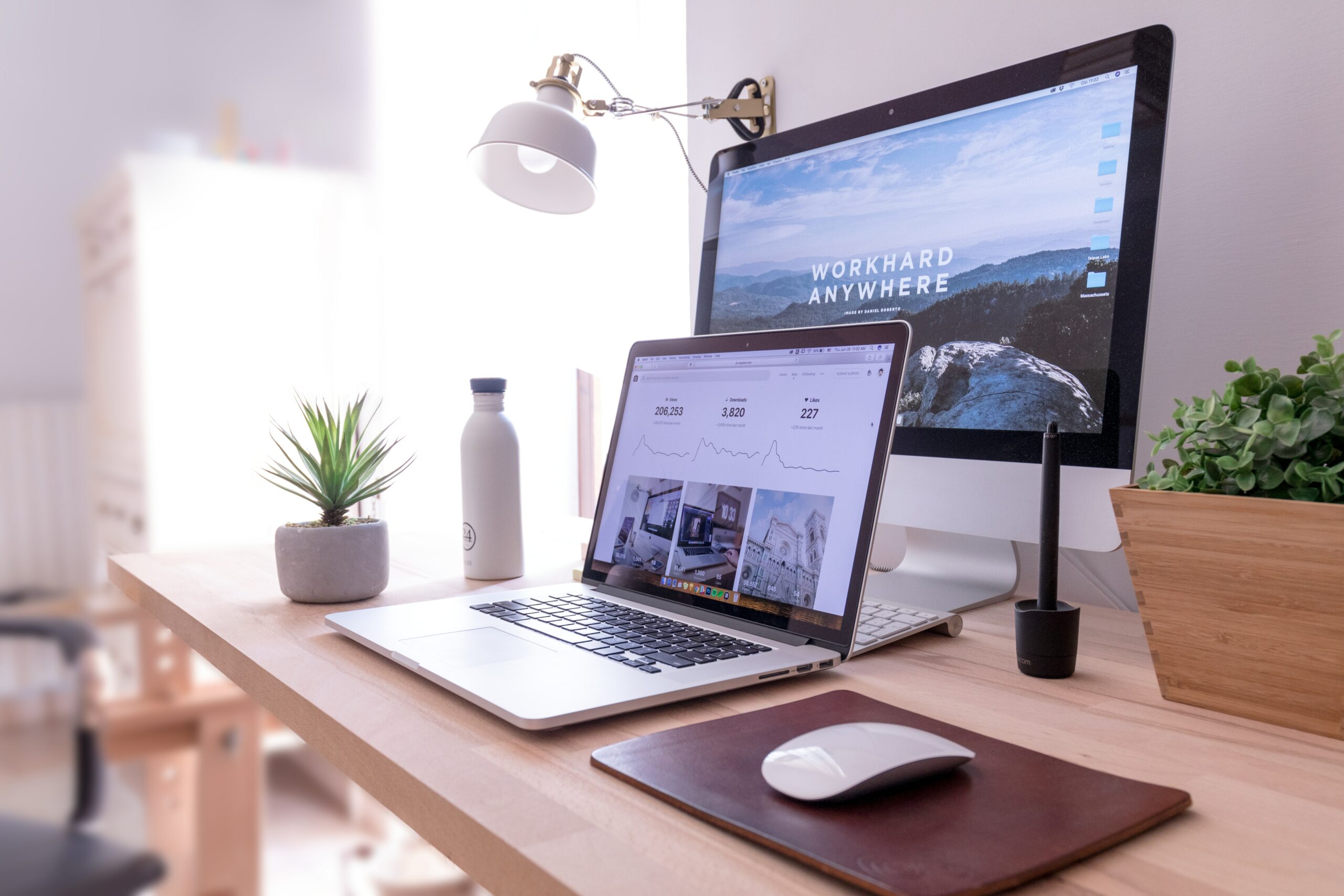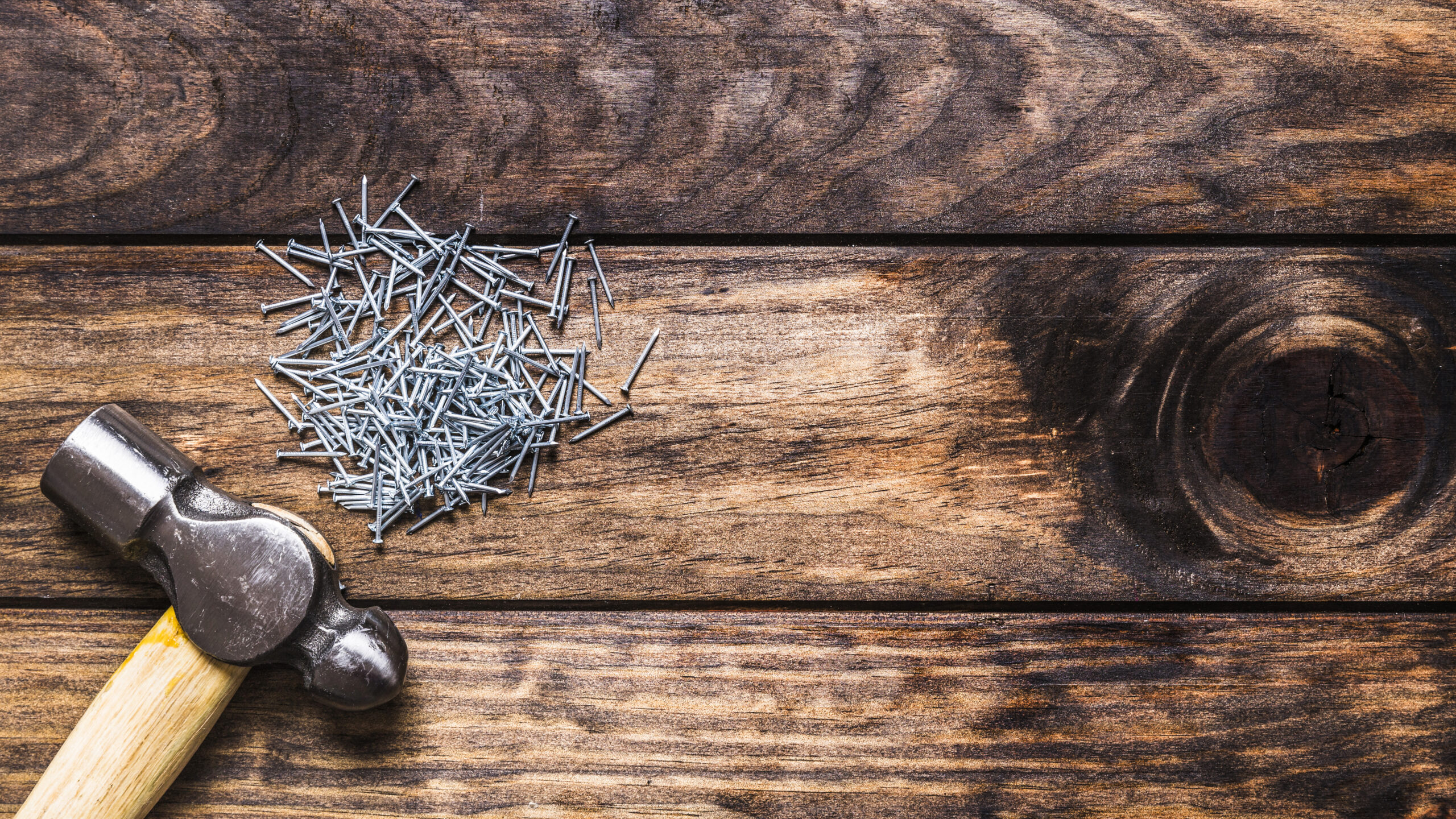When it comes to creating a truly enjoyable cup of tea, knowing how to make proper English tea is essential. It’s a skill steeped in tradition and a ritual passed down from generation to generation. Making a good cup of tea is more than just a process—it’s an art form that embodies the essence of English culture. This guide will show you how to make a proper cup of English tea with easy-to-follow steps.
The Essence of English Tea
English tea is more than a beverage; it’s a cultural experience that evokes feelings of comfort and community. To know **how to make proper English tea**, you must appreciate the history and ritual behind it. From the traditional tea parties of yesteryear to the cozy tea times of today, English tea brings people together in a way that few other drinks can.
To truly understand the essence of English tea, one must embrace the slower pace it represents. Unlike other beverages that are consumed on the go, tea is best enjoyed when you take your time, appreciating each sip and the moments it creates. This mindset aligns with the famous British idiom, “It’s as easy as tea,” which underscores the simplicity and comfort that tea provides.
The Foundation: Freshly Boiled Water
To create a proper cup of English tea, the water used must be freshly boiled. This ensures a clean taste and proper steeping. Tap water might contain impurities, so it’s advisable to use filtered or bottled water. As the saying goes, “The proof is in the pudding,” and in this case, the quality of the tea starts with the water.
Once the water is boiled, let it cool for a minute or two before pouring it over the tea leaves. This slight cooling period helps prevent over-steeping, which can lead to a bitter taste. The ideal temperature for brewing black tea is around 90-95 degrees Celsius, so the brief pause ensures you don’t scald the leaves.
Selecting the Right Tea Leaves
Choosing the right tea leaves is a personal preference, but certain types are better suited for traditional English tea. Black tea, like Assam or Darjeeling, is a classic choice for its robust flavor. You can also experiment with Earl Grey, which has a hint of bergamot, or English Breakfast, known for its rich and hearty profile.
If you’re using loose-leaf tea, measure one to two teaspoons for each cup, plus an extra teaspoon “for the pot.” This traditional saying helps achieve the perfect balance. If you prefer tea bags, choose high-quality ones with ample room for the leaves to expand during steeping.
Consider visiting a specialty tea shop or ordering from reputable online sources to explore a wide range of loose-leaf teas. Experiment with different blends to find your favorite. If you’re unsure where to start, try a sampler pack that includes various types of tea.
The Art of Brewing
Proper brewing requires patience and precision. Place the tea leaves in a teapot or infuser, then add the hot water. It’s essential to let the tea steep for the right amount of time—usually two to three minutes for black tea. Over-steeping can result in a bitter cup, while under-steeping may lead to a weak brew. If you’re not sure about the steeping time, start with two minutes and adjust based on your taste.
During the brewing process, resist the urge to stir or press the tea leaves. This can release tannins, making the tea overly bitter. Instead, let the tea steep naturally to develop its full flavor. Consider investing in a tea timer to ensure you don’t over-steep. Tea timers are simple tools that can help you achieve consistent results.
The Importance of the Right Cup
The right teacup or mug enhances the tea-drinking experience. A proper teacup should have a wide mouth to allow the tea to cool slightly before sipping. It also helps release the tea’s aroma, adding to the sensory experience. A classic porcelain teacup with a handle is ideal, but you can also use a sturdy ceramic mug for a more casual approach.
The cup’s size should be appropriate for the amount of tea you plan to serve. A standard teacup holds about 6 to 8 ounces, while a larger mug can hold up to 12 ounces. Choose a cup that feels comfortable in your hand and complements the ambiance of your tea time.
Some tea enthusiasts collect unique or vintage teacups, adding a touch of nostalgia to their tea-drinking experience. If you’re interested in starting a collection, look for teacups at antique stores, flea markets, or online marketplaces.
Embracing Tradition: Milk and Sugar
Many English tea enthusiasts enjoy their tea with milk and occasionally a touch of sugar. The milk-to-tea ratio depends on personal taste, but a common practice is to add a small amount of milk before pouring the tea. This technique is said to prevent the milk from “scalding,” creating a smoother blend. Adding milk to tea can also help cool the tea to a drinkable temperature.
Sugar is optional, but if you prefer a sweeter tea, start with half a teaspoon and adjust to taste. Other sweeteners, such as honey or agave syrup, can be used for a different flavor profile. The traditional way of serving tea with milk and sugar has been part of English culture for generations, providing a familiar and comforting experience.
The Perfect Accompaniment: Tea Time Treats
Tea time is not complete without a delightful snack. Traditional English tea is often accompanied by biscuits, scones, or cake. These treats add a touch of indulgence and balance the tea’s flavors. For a classic tea experience, consider serving scones with clotted cream and jam, or enjoy a slice of Victoria sponge cake.
If you’re feeling adventurous, try making your own treats. There are many recipes available for homemade scones, shortbread, or other pastries that pair perfectly with tea. Having a selection of snacks can turn a simple cup of tea into a memorable event with family and friends.
Bringing It All Together
To summarize, making proper English tea involves attention to detail, the right ingredients, and a touch of tradition. Start with freshly boiled water, select high-quality tea leaves, and brew with care. The right teacup, a splash of milk, and a hint of sugar (if desired) complete the experience. Don’t forget to enjoy your tea with some tasty treats and share the moment with loved ones.
As the British saying goes, “Keep calm and drink tea.” This timeless phrase reminds us that tea is more than a beverage—it’s a way to slow down, relax, and enjoy life’s simple pleasures.
Photo by John Tecuceanu on Unsplash

